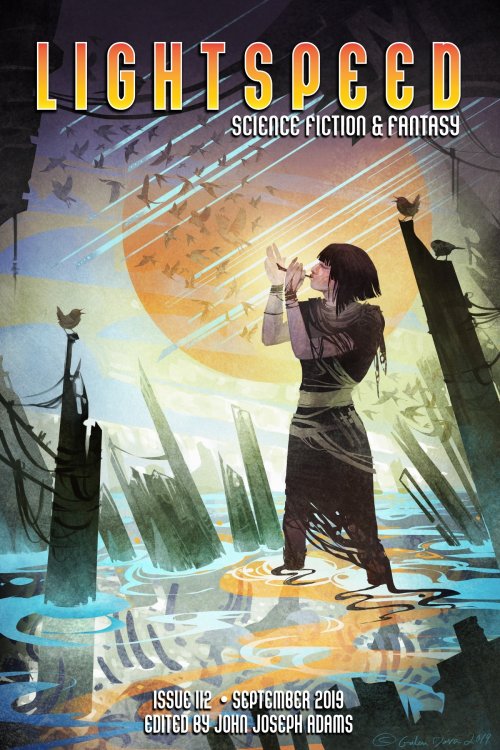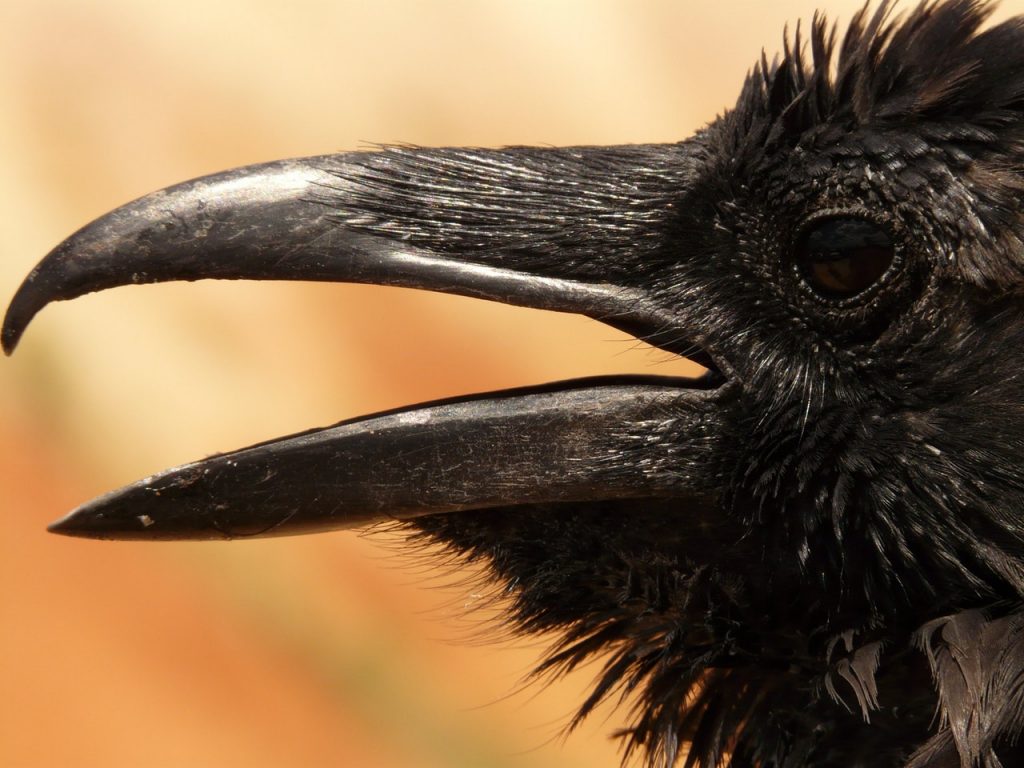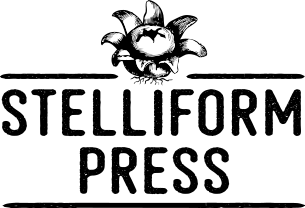Stories We Love

Seanan McGuire’s “Hello, Hello” is a science fiction short story which bridges the gaps between several human and inter-species categories to illustrate that while future technologies will facilitate communication in ways that we cannot now imagine, technology alone is not enough.
“Hello, Hello” is a quiet family narrative in which two sisters — the narrator, a linguist, and her sister, an ornithologist who is deaf and communicates through American Sign Language (ASL) — solve the mystery of several anonymous phone calls placed from the ornithologist’s house. The phone calls, transmitted through an avatar-based video conferencing program which the ornithologist uses to communicate vocally with others who do not know ASL, are intercepted by her sister, niece, and nephew — to the delight of the children. While the story’s narrator (the children’s mother) is alarmed at the idea of a stranger calling her children, the children are captivated by the puzzle of the strange avatar that at first says little more than “hello” but gradually learns through their conversation. Who is this woman who keeps calling? What does she want?
Discovery at the Intersections
This story does a wonderful job of demonstrating the ways in which we need people with different perspectives, different life experiences, to interact with technology — and be a part of development and testing. It is Aunt Tasha’s disability, and the children’s positions as intermediaries between the world of deafness and hearing, which results in the crossing of boundaries to make a significant scientific discovery. Over the course of the story, the children discover that the strange caller is able to understand more of the attempts at communication if they can see the children’s gestures. These gestures, which the translation software has learned through Tasha’s use of ASL to talk to friends, family, and colleagues, bridge the gap between human language and learning and that of birds.
McGuire’s focus on disability, technology, and learning beyond species categories only hints at the wider implications of inter-species communication. We’re reminded of another excellent bird communication story that makes obvious the effects of climate change in shrinking knowledge and possibility: “The Great Silence” by Ted Chiang — one of the final stories in Chiang’s latest short story collection Exhalation. The narrator in Chiang’s story is a parrot who laments the seemingly inevitable extinction of his kind, linking the Fermi Paradox to the Sixth Mass Extinction. The opening lines of the story read:
The humans use Arecibo to look for extraterrestrial intelligence. Their desire to make a connection is so strong that they’ve created an ear capable of hearing across the universe.
But I and my fellow parrots are right here. Why aren’t they interested in listening to our voices?
We’re a nonhuman species capable of communicating with them. Aren’t we exactly what humans are looking for?
“The Great Silence” by Ted Chiang, from Exhalation
Perhaps McGuire’s story makes clear why humans are more inclined to look across the universe than to what creatures live with them, side by side, on this planet: It takes a different perspective than the ones we generally cultivate to counteract the encouragement toward extravagance in exploration and scientific discovery, particularly within the context of our capitalist culture. McGuire underscores the importance of admitting all kinds of people — people with disabilities, people of colour, women, and even children — into the Halls of Science, of broadening our definitions, of learning to listen to these stories before we no longer can.

Further Reading
- Seanan McGuire’s “Hello, Hello” in text and audio on Lightspeed
- TechCrunch Book Club discussion of Ted Chiang’s “The Great Silence”
- Science Daily article about bird vocalization syntax
